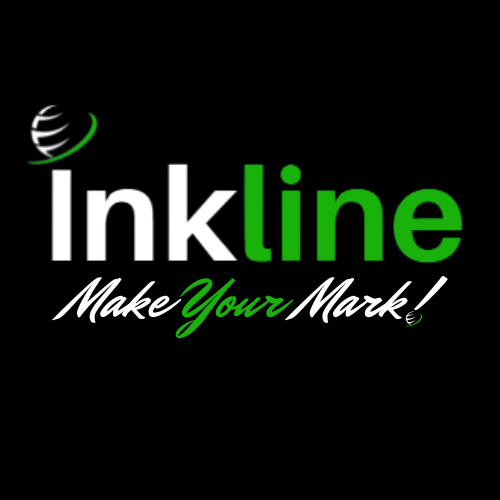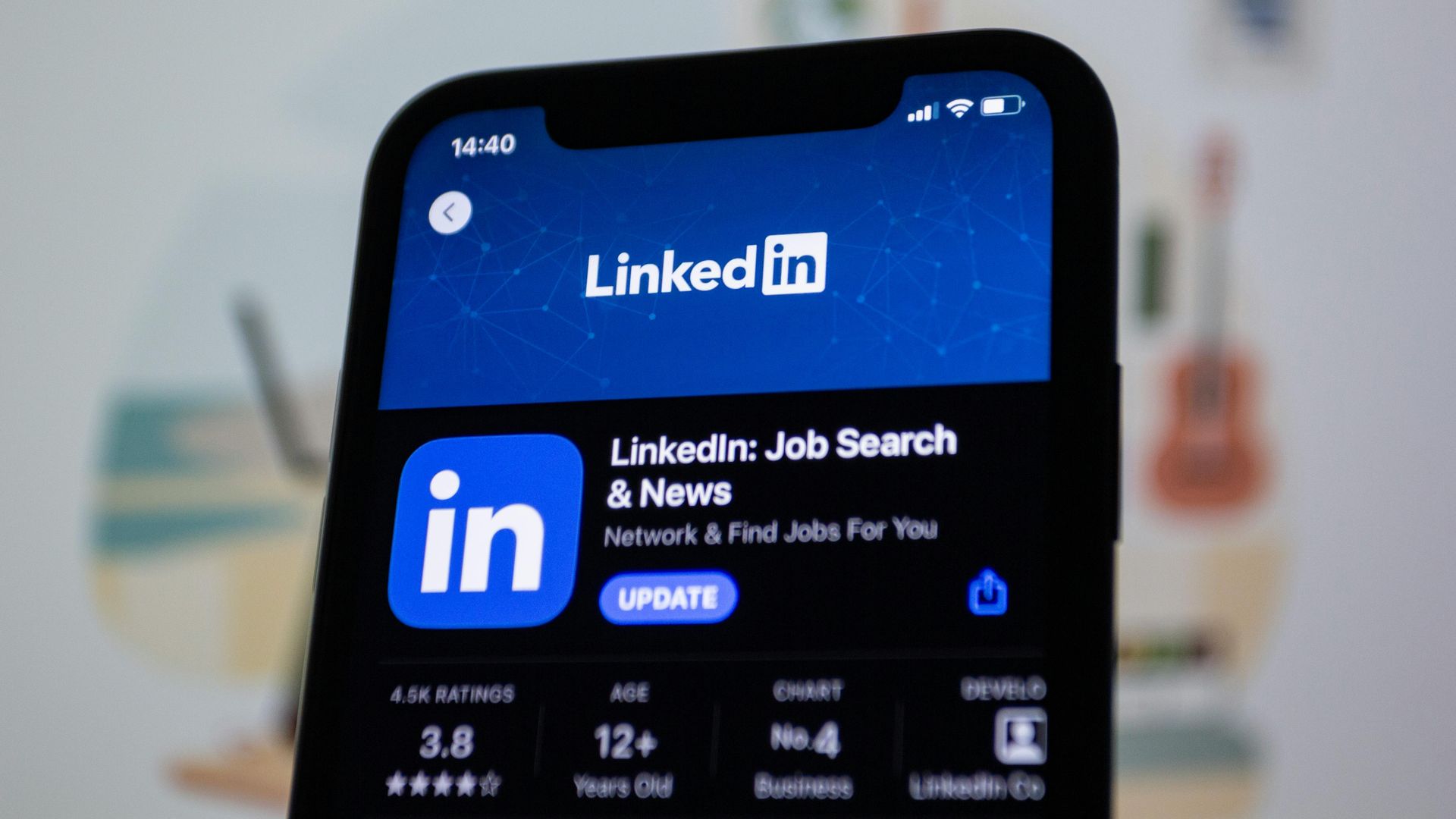Market Tension or Internal Chaos? The Push-Pull Strategy Truth
Your supply chain strategy isn't just a technical decision. It's the hidden architecture that either enables market success or creates organizational paralysis.
I've watched companies implement push-pull strategies with the best intentions, only to create internal friction that ultimately damages their market position. The problem isn't the strategy itself but the implementation approach that fails to consider organizational dynamics.
The fundamental question isn't whether to use push or pull strategies. It's whether your implementation creates productive market tension or merely organizational friction that slows everything down.
The Tension-Friction Paradox
Push and pull strategies represent fundamentally different approaches to market engagement. A push system anticipates customer demand, while a pull system reacts to it. Both create organizational dynamics that ripple through businesses in ways most leaders fail to recognize.
Supply chain strategy itself represents a constant tension between customer service and price. When implemented poorly, this tension transforms from a productive market force into destructive organizational friction.
Complexity and uncertainty reduce clarity and visibility. This forces managers to make judgmental decisions that create organizational stress points rather than strategic advantage.
But here's what most organizations miss: some tension is not only inevitable but necessary.
Stanford Professor Bob Sutton notes that "sometimes you've got to slow [your team] down to make sure they do it right before they rush off and do something stupid." The best leaders leverage friction strategically to make wrong things harder and right things easier.
Strategic tension creates market energy. Unmanaged friction creates organizational drag.
The difference determines whether your push-pull strategy becomes a competitive advantage or an internal liability.
When Push Creates Problems
Push strategies fail most spectacularly when they ignore organizational readiness. Pushing products or services based on forecasts rather than actual demand requires organizational alignment that many companies lack.
The consequences are predictable: inventory buildup, cash flow constraints, and market disconnection.
What happens inside the organization is even more damaging. Departments begin working at cross-purposes. Sales promises what operations can't deliver. Finance restricts what marketing needs to succeed. The supply chain becomes rigid when it needs to be flexible.
This organizational friction doesn't just slow execution. It fundamentally undermines strategy.
When implementing organizational change through push-pull approaches, leaders must understand when to use each strategy. Push management drives for specific outcomes, while pull management inspires and motivates others.
The wrong approach aggravates organizational attrition. When teams don't fully understand expectations, doubling down on pushing creates friction rather than results.
Push strategies require clear visibility, strong forecasting capabilities, and organizational alignment. Without these prerequisites, they generate friction rather than results.
When Pull Creates Problems
Pull strategies create their own forms of organizational friction. Reacting to customer demand requires operational agility that many organizations haven't developed.
The just-in-time mentality sounds appealing until you examine the organizational capabilities required to execute it effectively.
Real-time response requires real-time capabilities. Most organizations lack the systems, processes, and cultural readiness to truly operate in responsive mode.
The result? Organizational whiplash as departments scramble to react to market signals without the infrastructure to support rapid response.
Pull strategies create a different kind of organizational friction: the friction of constant adaptation without stabilizing structures.
Organizations optimized for stability struggle with pull strategies. Organizations optimized for agility struggle with push strategies.
The mismatch between strategy and organizational capability creates friction that ultimately undermines market effectiveness.
The Hybrid Reality
The most successful organizations don't choose between push and pull. They build the organizational capabilities to do both, applying each where appropriate.
Companies that balance push-pull strategies effectively, like Apple, create positive market tension by pushing newly released products based on forecasts while quickly responding to demand fluctuations.
This hybrid approach allows for optimized inventory management, agile responses to market changes, and superior customer service. It creates productive tension that drives innovation rather than internal friction.
Walmart demonstrates similar balance. They use data insights for inventory management to balance anticipating customer demand (push) with responding quickly to real-time sales data (pull).
But these companies succeed not just because of strategic choices but because of organizational readiness. They've built the capabilities that allow them to execute both push and pull strategies without creating debilitating internal friction.
The key isn't choosing the right strategy. It's building the organizational capabilities that allow you to execute that strategy without creating unnecessary friction.
Building Friction-Resistant Organizations
Creating an organization that can execute push-pull strategies without generating destructive friction requires deliberate design.
First, recognize that some friction is inevitable and even beneficial. The goal isn't to eliminate all friction but to channel it productively.
Second, build the organizational capabilities that allow for both push and pull approaches:
Data visibility across the entire value chain allows for both forecasting (push) and rapid response (pull).
Cross-functional alignment ensures that different departments don't work at cross-purposes when strategy shifts.
Decision rights clarity establishes who can make which decisions under what circumstances, reducing the friction of ambiguity.
Feedback mechanisms ensure that market signals reach decision-makers quickly enough to inform both push and pull decisions.
Third, match your strategy to your current capabilities while building the capabilities you need for future strategies.
The consequences of unconsidered organizational friction on change management initiatives are substantial: delays, increased costs, and high employee turnover. When companies are reluctant to break from tradition, it often results in inward-focused "ego-systems" rather than a collaborative and progressive business ecosystem.
The most successful organizations don't just choose the right strategy. They build organizations capable of executing that strategy without generating destructive friction.
The Strategic Friction Audit
To determine whether your push-pull strategy is creating market tension or merely organizational friction, conduct a strategic friction audit:
1. Map decision flows across your organization to identify where push and pull approaches intersect and potentially conflict.
2. Measure response times to both planned initiatives (push) and market signals (pull) to identify friction points.
3. Evaluate cross-functional alignment by assessing how well different departments coordinate when strategy shifts.
4. Assess organizational capabilities against strategic requirements to identify gaps that create friction.
5. Quantify the cost of friction in terms of delayed decisions, missed opportunities, and internal conflict.
This audit reveals whether your push-pull strategy is creating productive market tension or merely organizational friction.
From Friction to Flow
The ultimate goal isn't to eliminate all friction. It's to channel tension productively while minimizing destructive friction.
This requires a fundamental shift in how we think about organizational design. The organization isn't just the vehicle for executing strategy. It's an integral part of strategy itself.
The most effective push-pull strategies don't just balance supply and demand. They balance organizational capabilities with strategic requirements.
When the strategy and the organization are aligned, tension becomes productive rather than destructive. Push and pull strategies complement rather than conflict with each other.
The result isn't just better execution. It's better strategy.
The Strategic Choice
Your push-pull strategy will create either market tension or organizational friction. The difference lies not in the strategy itself but in how well your organization is designed to execute it.
The question isn't whether to push or pull. It's whether your organization can execute both approaches without generating destructive friction.
The answer determines whether your push-pull strategy becomes a source of competitive advantage or a drag on performance.
Successful organizations don't just choose the right strategy. They build organizations capable of executing that strategy without generating unnecessary friction.
The true competitive advantage isn't the strategy itself. It's the organizational capability to execute that strategy without friction.
That capability doesn't happen by accident. It requires deliberate design, constant refinement, and a deep understanding of how strategy and organization interact.
The choice is yours: Will your push-pull strategy create market tension or merely organizational friction?
The answer lies not in the strategy but in the organization you build to execute it.











